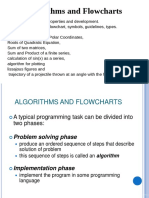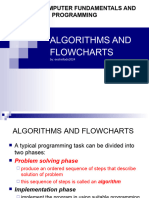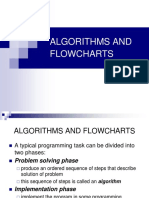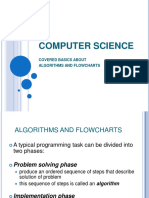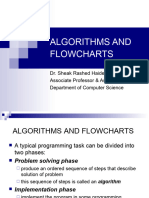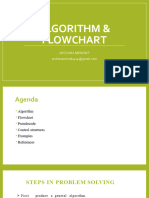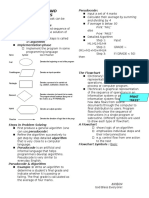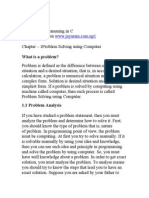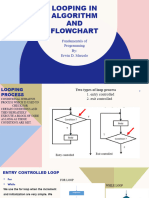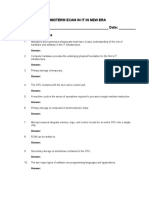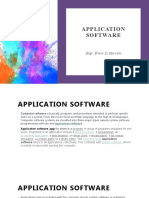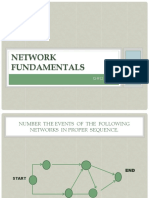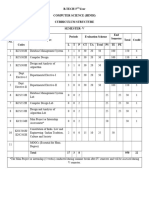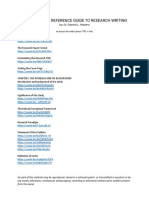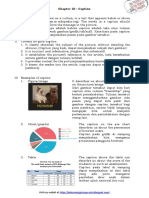0% found this document useful (0 votes)
91 views22 pagesUnit 5 Flowcharting Algorithms IDT
Uploaded by
Erwin MarceloCopyright
© © All Rights Reserved
We take content rights seriously. If you suspect this is your content, claim it here.
Available Formats
Download as PPT, PDF, TXT or read online on Scribd
0% found this document useful (0 votes)
91 views22 pagesUnit 5 Flowcharting Algorithms IDT
Uploaded by
Erwin MarceloCopyright
© © All Rights Reserved
We take content rights seriously. If you suspect this is your content, claim it here.
Available Formats
Download as PPT, PDF, TXT or read online on Scribd
/ 22




